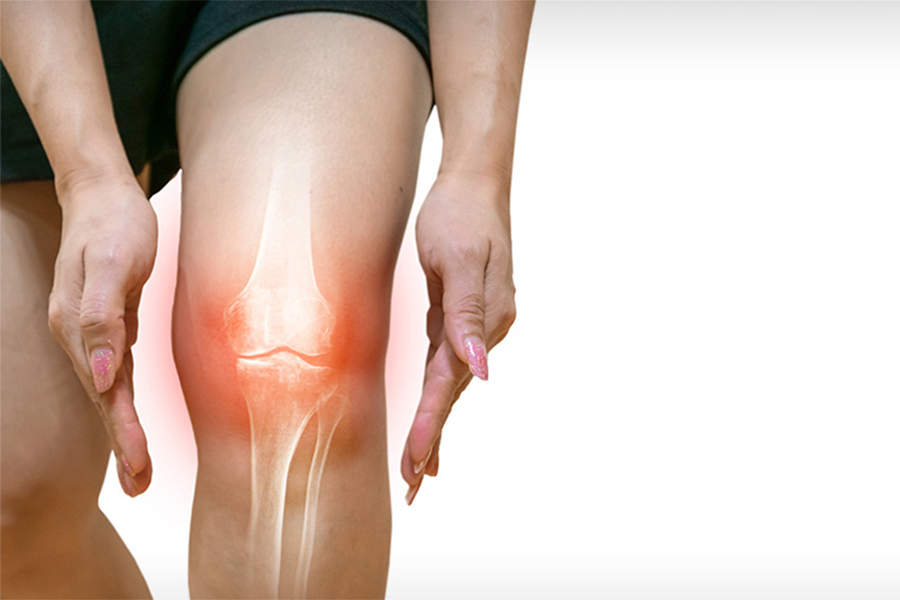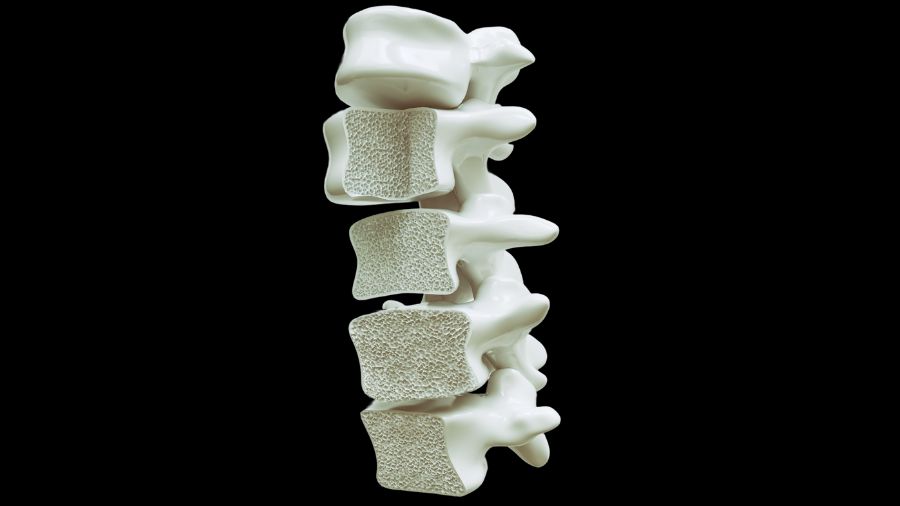Dr. Vinod Chandran’s goal is to shorten the time between when patients with psoriatic arthritis visit their primary doctor and when they receive a diagnosis. (Photo: Tim Fraser).
By Reneé Sylvestre-Williams
There is no cure for psoriatic arthritis, but Drs. Dafna Gladman and Vinod Chandran of the Schroeder Arthritis Institute are part of an international group looking for the cause, improved diagnostics and more effective treatments.
What exactly is psoriatic arthritis? Dr. Gladman, a senior scientist, rheumatologist and co-director of the Psoriatic Arthritis Clinic at Toronto Western Hospital, explains it is a form of arthritis that occurs in people with psoriasis. Psoriasis is a chronic inflammatory skin condition that occurs in up to 3 per cent of the general population. Psoriatic arthritis is an inflammatory arthritis which presents with pain and swelling in the affected joints and affects about one-third of people with psoriasis.
“In 85 to 90 per cent of patients, the psoriasis either comes first or at the same time as the arthritis,” says Dr. Gladman. “In about 10 to 15 per cent, the arthritis will come first, and the psoriasis may be recognized later or may actually come later.” What triggers psoriatic arthritis is still unknown, but there are some intriguing avenues of research.
“That’s a major question for which we don’t have a definitive answer, but we have a number of ideas,” says Dr. Gladman. “We’ve done some studies, and we’ve demonstrated that environmental factors such as infection and injury are risk factors for the development of psoriatic arthritis and even psoriasis.” Other risk factors include obesity and genetic history.

Diagnosing psoriatic arthritis often begins in the family doctor’s or dermatologist’s office. A patient with psoriasis will go to their doctor complaining of joint pain. The pain and symptoms, says Dr. Chandran, an affiliate scientist, a rheumatologist and co-director of the Psoriatic Arthritis Clinic, can be non-specific. “You assume that all the back pain, the joint pain, could be just your weight or nothing significant. And because family doctors and dermatologists are not rheumatologists, evaluating joint symptoms may be difficult.”
The other problem, says Dr. Chandran, is that the usual tests for inflammation – such as erythrocyte sedimentation rate (ESR), which detects inflammation associated with autoimmune diseases, and the C-reactive protein (CRP), a blood test marker for inflammation in the body – can be normal or only slightly abnormal. “Commonly, people go to a doctor, and they think it’s inflammatory arthritis. Rheumatoid arthritis always comes to mind because they talk about it a lot in medical school, and there is actually an available test, which can fairly predict what is going on,” he says. “So what happens is that when patients with psoriasis complain to their family physician or dermatologist, the blood tests done to look for the arthritis ‘rheumatoid factor’ come back negative. So then they think, ‘Well, I did the test and everything’s fine, so don’t worry about it.'” The issue is, by the time there is a diagnosis, which can take nearly a year, the patients have suffered damage to the joints.
Drs. Chandran and Gladman are looking for biomarkers – measurable substances that can indicate disease or infection, providing a much earlier diagnosis. “We’re looking for biomarkers for what I call ‘disease expression,'” says Dr. Gladman. “Then we’re also looking for biomarkers for the development of comorbidities [the presence of more than one disorder or disease – such as heart disease] because we know that psoriasis and psoriatic arthritis are not just about skin and joints.”
Dr. Chandran says that they’ve looked at blood, skin and joint fluid, and they are looking at 10 biomarkers. The hope is to have a test within the next few years, depending on funding, that can be used by primary physicians and dermatologists. The goal is to shorten the time between when patients visit their primary doctors – complaining of pain – and receiving a diagnosis.
“In fact, we want to get it to less than six months, because our research partners in Ireland have demonstrated that even a six-month delay in diagnosis is detrimental,” says Dr. Gladman.


